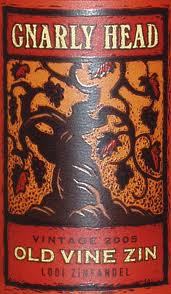Now
that Memorial Day has kicked off the unofficial start of summer here
in the States, barbecue grills everywhere will remain fired up for
the next few months, sending up smoke signals far and wide. Out of
fear, confusion and habit, the majority of the populace will imbibe
in beer or blender drinks during the grill season. Shying away from
drinking wine, some people just don't know what pairs well with the
plethora of seared items served up at summer cookouts.
Rather
than flashback to the 80s and pick up a four pack of wine coolers,
try some of these pairings at your next gathering around the grill:
- Beef: If you are tossing some steaks or burgers on the barbecue, try a bottle of Malbec, Syrah, Merlot or Cabernet Sauvignon. A well-balanced and aromatic Malbec, 2011 Don Miguel Gascon from Mendoza, Argentina is one of my favorites.
- Chicken: Grilled chicken pairs well with either red or white. Uncork a Riesling, Cabernet Sauvignon, or Grenache. 2010 Ferrari Carano Cabernet Sauvignon from Sonoma's Alexander Valley is a great match for chicken. However, if you slather barbecue sauce on your fowl to give it some zing, best to uncork a Zinfandel. Try a bottle of the 2010 Gnarly Head Old Vine Zinfandel I recommended recently.
- Pork: Pork is a very versatile grill meat. Lambrusco, a slightly sparking sweet red wine, is a great pairing for sausage. If you are serving up a grilled pork chop, the best wine to uncork is Pinot Gris, Grenache, or Cabernet Franc. Originating in Spain, Grenache (Garnacha) is the most widely planted red wine grape in the world. 2009 Las Rocas is a full bodied Garnacha from the Calatayud region in Spain. The taste will transform as the wine stands in the glass, for an amazing experience. If you are grilling some ribs, spicing them up with a rub, try that Zinfandel.
- Grilled vegetables, tuna and veggie burgers and the all-American hot dog pair well with a cool, crisp Rosé. Try one of the versatile rosés I recommended last week.
I
know how tempting it is to just grab a cold one or gravitate like a bee
to the sweet, fancy umbrella drinks. Whether you find yourself
hosting or attending, share your knowledge and uncork one of
the above bottles the next time you get your grill on.
Cin
Cin!







